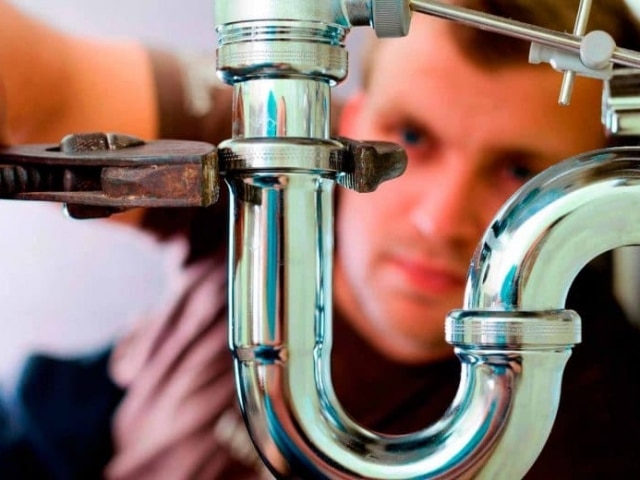
Plumbing issues can strike at any time, often catching homeowners off guard. From leaky faucets to burst pipes, these problems can be both inconvenient and costly. However, many plumbing problems can be prevented with some proactive measures. In this article, we will explore some of the most common plumbing issues and provide valuable tips on how to prevent them.
1. Leaky Faucets
Leaky faucets are not just a nuisance; they can also waste a significant amount of water, leading to higher utility bills. The most common cause of a leaky faucet is a worn-out washer or O-ring. To prevent this issue, regularly check for drips and replace any worn-out parts promptly. Additionally, consider installing water-saving aerators to reduce water usage.
2. Clogged Drains
Clogged drains are another common plumbing problem. They can occur in sinks, showers, and toilets due to the buildup of hair, soap scum, and other debris. To prevent clogs, use drain screens to catch debris and avoid pouring grease or coffee grounds down the drain. Regularly flushing drains with hot water and vinegar can also help prevent blockages.
3. Running Toilets
A running toilet not only wastes water but also increases your water bill. The culprit behind this issue is often a faulty flapper valve or fill valve. To prevent running toilets, periodically inspect the toilet tank for any leaks or continuous running water. Replace any worn-out components to ensure the toilet functions efficiently.
4. Low Water Pressure
Low water pressure can be frustrating when you’re trying to take a shower or wash dishes. It can be caused by a variety of factors, such as mineral buildup in the pipes or a malfunctioning pressure regulator. To prevent low water pressure, consider installing a water softener to reduce mineral buildup and have a professional plumber inspect and adjust your pressure regulator if needed.
5. Burst Pipes
Burst pipes can lead to significant water damage and costly repairs. They often occur during cold weather when water inside the pipes freezes and expands. To prevent burst pipes, insulate exposed pipes and keep the thermostat at a consistent temperature, especially during winter months. If you’re going on vacation during the cold season, consider shutting off the water supply to your home to prevent freezing.

6. Sewer Line Backups
Sewer line backups can be messy and unpleasant. They are often caused by tree root intrusion, grease buildup, or foreign objects clogging the sewer line. To prevent backups, avoid flushing non-biodegradable items down the toilet and have your sewer line professionally inspected and cleaned regularly.
7. Water Heater Issues
Water heaters can develop problems over time, such as sediment buildup or a malfunctioning thermostat. To prevent water heater issues, flush the tank annually to remove sediment and maintain the recommended temperature setting. Consider having your water heater professionally serviced every few years to ensure it operates efficiently and safely.
8. Dripping Showerheads
Dripping showerheads can be annoying and wasteful. They are often caused by mineral deposits clogging the showerhead openings. To prevent this issue, soak the showerhead in vinegar to dissolve the mineral buildup, or consider installing a water softener to reduce the mineral content in your water supply. Feel free to visit hi-techplumbingandair.com/plumbing/ to find additional tips and ideas about common plumbing issues.
In conclusion, plumbing issues are a common occurrence in homes, but they can be minimized or even prevented with regular maintenance and a proactive approach. By taking the necessary steps to address these common plumbing problems, homeowners can save money on repairs and reduce water wastage. Remember that preventive measures are key to ensuring a smoothly functioning plumbing system in your home.

